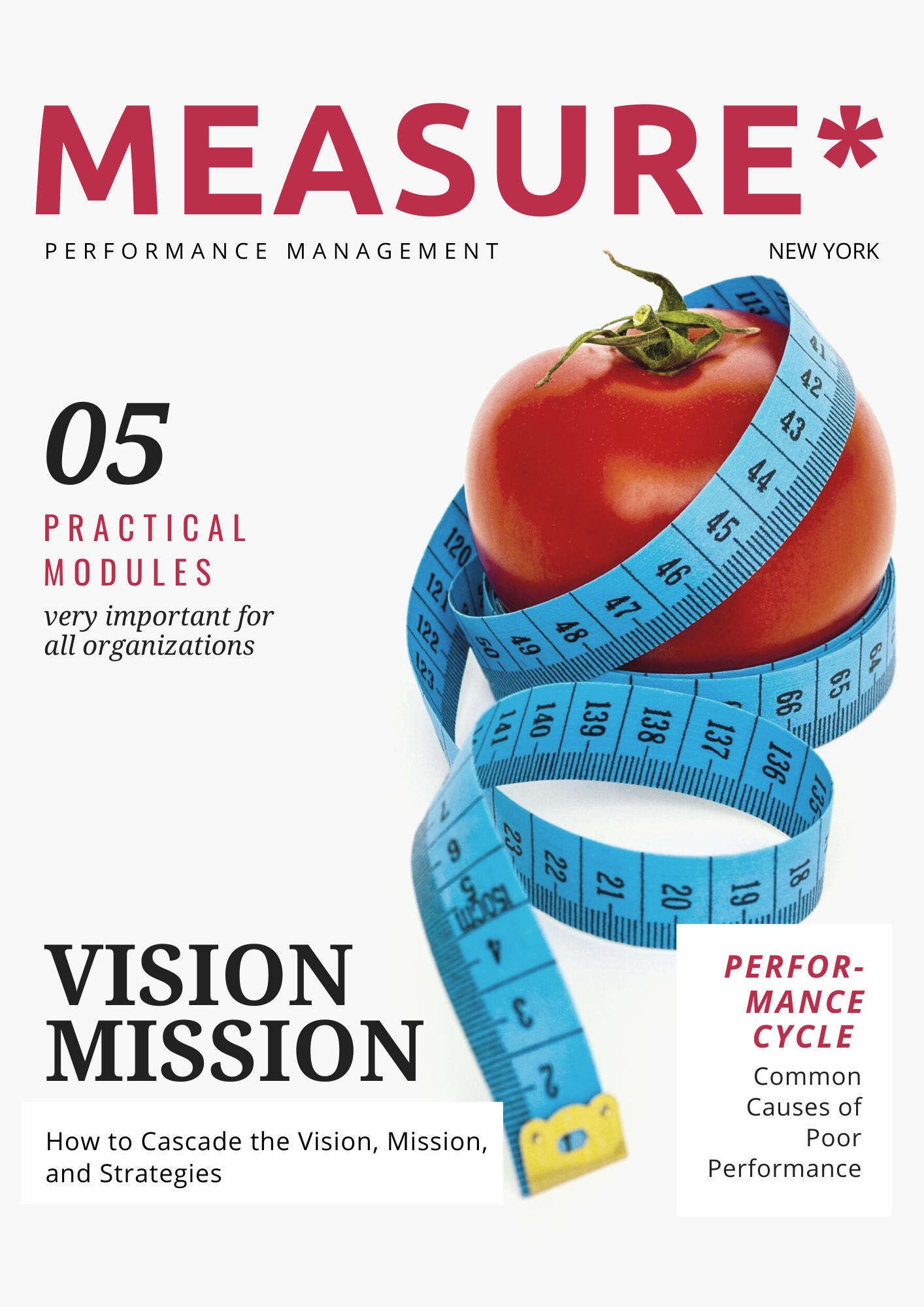Strategic Planning and Execution - The Required Skills for CEO
Strategic planning and execution are central to a CEO's role in guiding the organization's growth, adapting to changes, and achieving long-term success. CEOs who excel in crafting and executing effective strategies align their teams, resources, and efforts toward a common vision. In this section, we'll explore the multifaceted dimensions of strategic planning and execution that define exceptional CEO leadership.
Visionary Leadership:
CEOs who prioritize strategic planning begin with a clear and inspiring vision that serves as a guiding light for the organization.
- Articulating the Vision: Exceptional CEOs communicate the organization's vision in a compelling and relatable manner, ensuring all stakeholders understand and rally around it.
- Inspiring Alignment: These CEOs inspire team members by connecting the vision to their individual roles, emphasizing how their contributions contribute to the organization's success.
- Long-Term Focus: CEOs keep the long-term perspective in mind, ensuring that the strategic plan aligns with the organization's mission and future aspirations.
SWOT Analysis:
Effective CEOs conduct a comprehensive SWOT analysis to understand the organization's internal strengths and weaknesses as well as external opportunities and threats.
- Internal Assessment: CEOs assess the organization's resources, capabilities, and areas that need improvement. They identify strengths to leverage and weaknesses to address.
- External Landscape: These CEOs analyze market trends, competitive forces, and potential disruptions that could impact the organization's growth trajectory.
- Opportunity Identification: CEOs spot opportunities that align with the organization's strengths and capitalize on emerging market trends.
Setting Objectives:
CEOs skilled in strategic planning define clear and achievable objectives that guide the organization's actions and initiatives.
- SMART Goals: Exceptional CEOs set Specific, Measurable, Achievable, Relevant, and Time-bound (SMART) goals that provide a clear framework for action.
- Aligned with Vision: These CEOs ensure that objectives are aligned with the organization's vision and mission, reinforcing the strategic direction.
- Balancing Priorities: CEOs prioritize objectives that contribute most significantly to the organization's growth and competitive advantage.
Actionable Strategies:
Successful CEOs develop actionable strategies that outline how the organization will achieve its objectives.
- Initiative Prioritization: CEOs prioritize strategic initiatives based on their alignment with objectives, potential impact, and available resources.
- Resource Allocation: These CEOs allocate resources – financial, human, and technological – to support the execution of strategies effectively.
- Implementation Plans: CEOs craft implementation plans that detail timelines, responsibilities, milestones, and key performance indicators (KPIs).
Adaptive Execution:
CEOs who excel in execution continuously monitor progress, adapt strategies, and ensure the successful implementation of the strategic plan.
- Performance Monitoring: Exceptional CEOs track KPIs, regularly assessing progress toward objectives, and identifying areas that require adjustment.
- Mid-Course Corrections: These CEOs are willing to make adjustments to strategies if they identify that the plan is not yielding the expected results.
- Resource Optimization: CEOs reallocate resources as needed, directing them toward initiatives that demonstrate the most potential for success.
Conclusion:
Strategic planning and execution are critical to CEO leadership. CEOs who craft clear visions, conduct SWOT analyses, set objectives, develop actionable strategies, and adapt execution to changing circumstances guide their organizations toward sustainable growth and success. By uniting their teams around a shared vision and translating that vision into actionable plans, CEOs position their organizations to thrive in a competitive business landscape and capitalize on emerging opportunities.
Back to: Chapter 4: Financial Acumen and Strategic Planning









